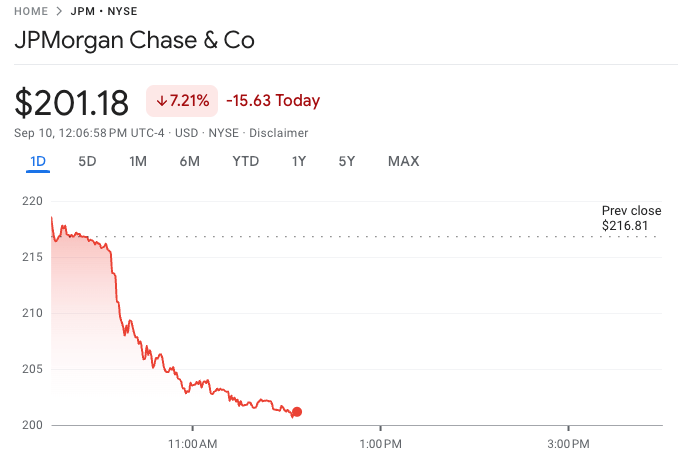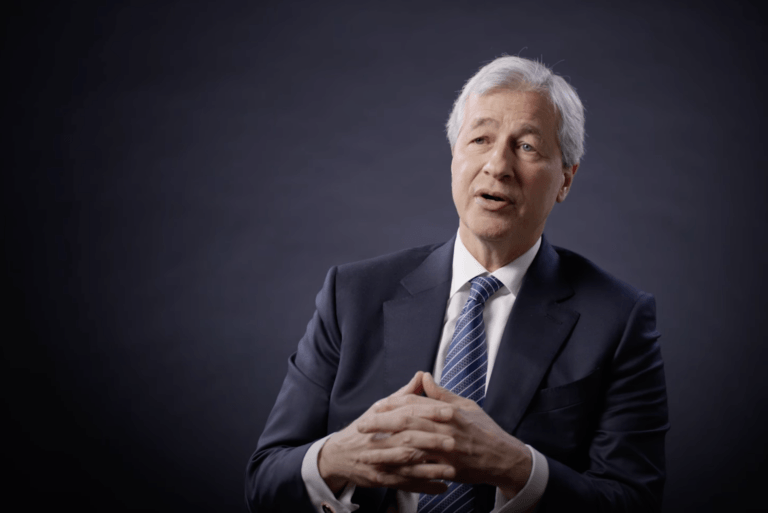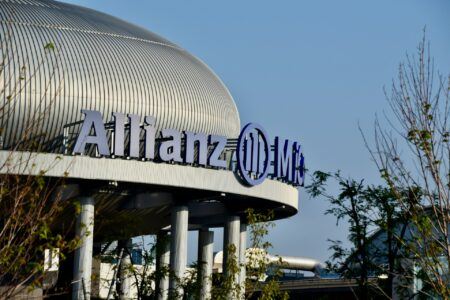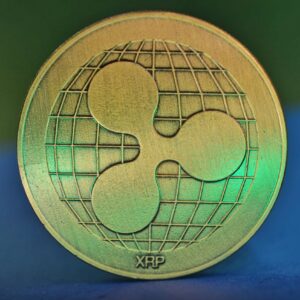A recession is a period of economic decline typically marked by a drop in Gross Domestic Product (GDP), rising unemployment, and reduced consumer spending. It occurs when businesses cut back, production slows, and overall economic activity decreases. In a recession, inflation usually falls because demand for goods and services drops, which puts downward pressure on prices. Central banks typically respond by lowering interest rates or stimulating the economy to encourage growth.
Stagflation, on the other hand, is an unusual and more complex situation where an economy faces slow or negative growth (like in a recession) but also experiences rising inflation. In stagflation, prices increase even as the economy weakens, which creates a difficult situation for policymakers. Efforts to reduce inflation by raising interest rates can worsen the economic slowdown, while actions to stimulate growth can further fuel inflation.
The key difference is that in a recession, inflation is usually low or falling, while stagflation combines the worst of both worlds: high inflation with stagnant or negative growth. Stagflation is more difficult to manage, as traditional economic policies are less effective. A well-known period of stagflation occurred in the 1970s during the oil crisis.
According to a report by CNBC, JPMorgan Chase CEO Jamie Dimon warned that stagflation remains a possibility, even as inflation shows signs of cooling. On Tuesday, while speaking at the Council of Institutional Investors’ conference in Brooklyn, Dimon stated that the worst outcome for the economy would be stagflation, combining recession and high inflation. Dimon noted that stagflation cannot be ruled out:
“I would say the worst outcome is stagflation — recession, higher inflation… And by the way, I wouldn’t take it off the table.“
CNBC highlighted that Dimon’s comments come at a time when investors are focusing on slowing economic growth. Recent inflation data suggests prices may be moving toward the Federal Reserve’s 2% target, but reports on employment and manufacturing show some weakening. CNBC emphasized that these mixed signals are causing concerns in the markets.
Dimon also expressed concerns about inflationary forces on the horizon. CNBC noted that he cited higher government deficits and increased infrastructure spending as factors likely to add inflationary pressure. According to Dimon, these factors will keep inflationary risks present over the next few years.
Dimon also referenced his previous statements from August, when he said the chances of a “soft landing” for the economy were only around 35% to 40%, suggesting that a recession is more likely.
In a separate report, CNBC reported that JPMorgan Chase shares dropped 7% on Tuesday after the bank’s president, Daniel Pinto, informed analysts that the current projections for net interest income (NII) were overly optimistic. Speaking at a financial conference, Pinto stated that the estimated $89.5 billion NII—one of the key revenue sources for banks—was too high considering the expected trajectory of interest rates. He noted that the actual figure “will be lower.”

Featured Image via YouTube








